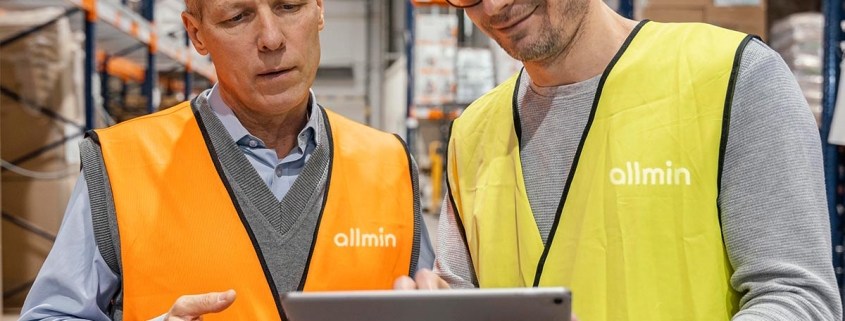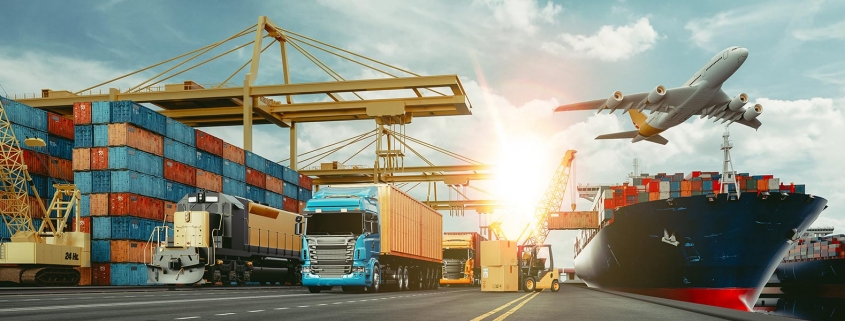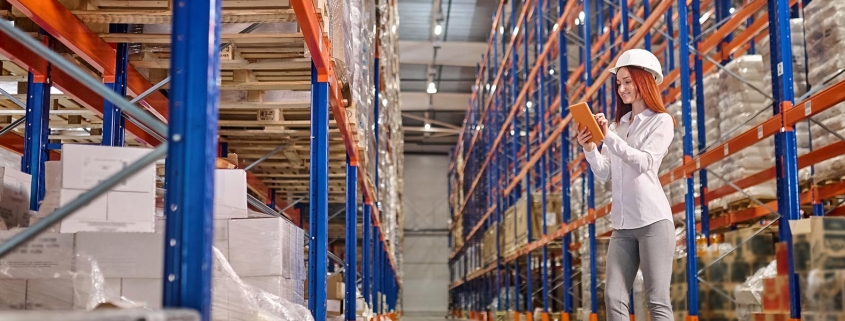Promoting green and sustainable development in international logistics is an important task today. By adopting environmentally friendly measures and advocating for sustainable practices, we can reduce negative environmental impacts and create a more sustainable logistics industry for future generations.
Firstly, reducing greenhouse gas emissions is crucial. By adopting low-carbon transportation modes such as ocean and rail transport, we can reduce CO2 and other greenhouse gas emissions. Additionally, advocating for energy conservation, such as optimizing cargo packaging to improve load capacity and reduce energy consumption.
Secondly, promoting the use of renewable energy is also important. Using renewable energy sources such as solar and wind power in logistics operations can reduce reliance on traditional energy sources and lower carbon footprints. Additionally, by planning transportation routes efficiently to reduce distance and time, further energy consumption can be reduced.
Furthermore, advocating for a circular economy and resource recycling is a key initiative for promoting green and sustainable development. Encouraging the use of recyclable and reusable materials in logistics processes minimizes waste generation. Actively participating in and supporting recycling and regeneration projects promotes the circular utilization of resources.
Moreover, cultivating sustainable awareness and culture is crucial. By educating and training industry professionals on green and sustainable development, we can encourage them to take environmentally friendly actions in their work. Additionally, collaborating with environmental organizations and stakeholders to drive sustainable development initiatives.
Finally, continuous monitoring and evaluation of environmental impacts are important in ensuring green and sustainable development. By establishing environmental management systems and conducting regular assessments, potential environmental issues can be identified, and appropriate improvement measures can be implemented. This helps ensure that logistics operations comply with environmental standards and regulatory requirements.
In conclusion, promoting green and sustainable development in international logistics requires comprehensive considerations of emissions reduction, renewable energy, circular economy, awareness cultivation, and monitoring and evaluation. Through these measures, we can achieve an environmentally friendly and sustainable logistics industry, leaving a better Earth for future generations.
#InternationalLogistics #GreenSustainableDevelopment #EmissionsReduction #RenewableEnergy #CircularEconomy #AwarenessCultivation #MonitoringEvaluation








